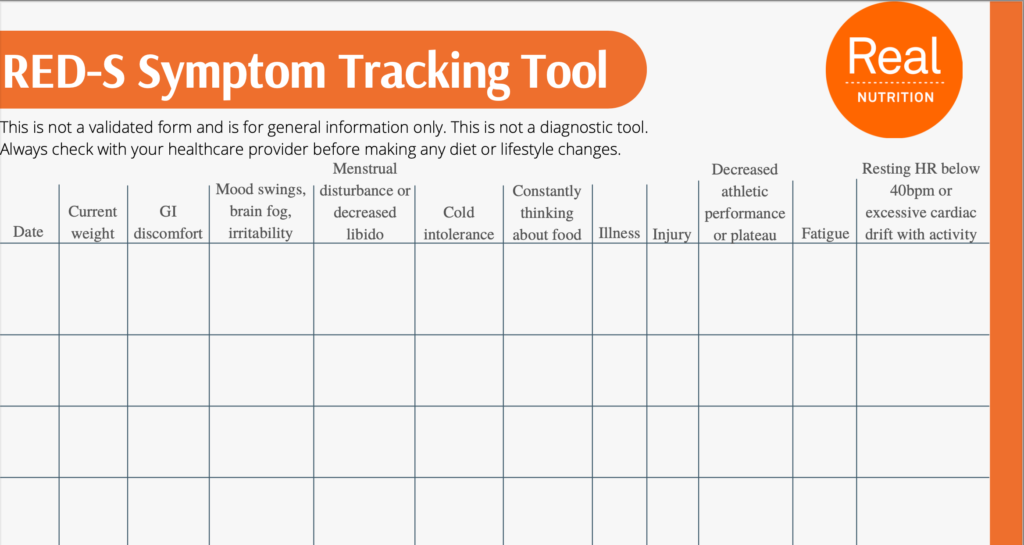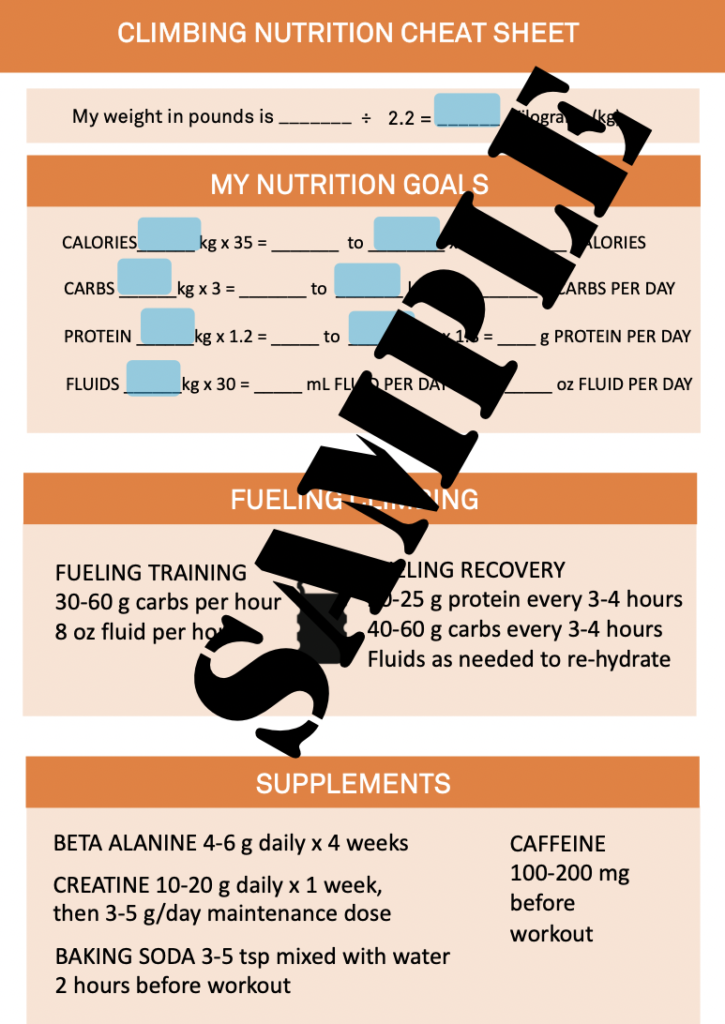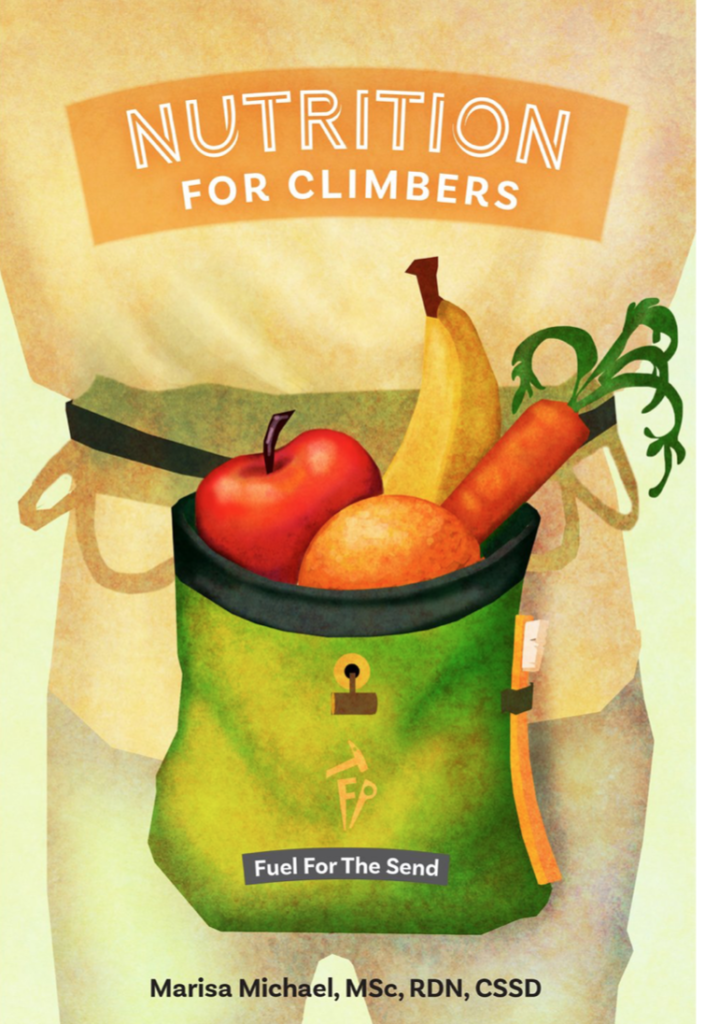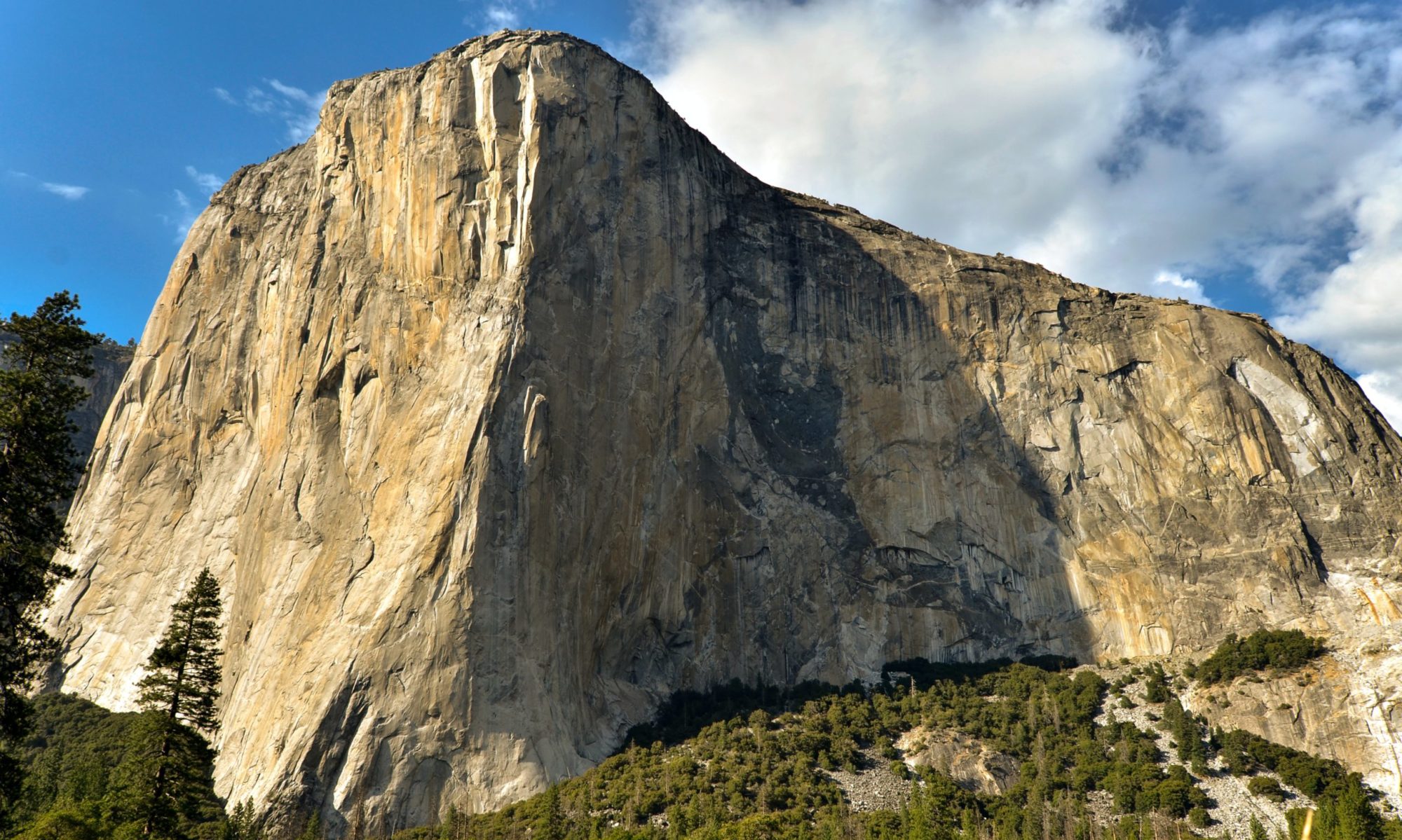This is a great question! Unfortunately we don’t have a precise answer. There are several ways to estimate calories expended while climbing. But before we get to that, you may want to consider WHY you’d need to know how many calories you burn while climbing?
There could be a number of reasons:
You want to fuel your climbing session appropriately
You’re just curious–you like numbers and data
You want to lose weight. This list of articles helps you explore why losing weight likely won’t help you be a better climber.
- Losing weight puts you at risk for Relative Energy Deficiency in Sport
- Losing weight puts you at risk for disordered eating
- Weight and other anthropometrics are poorly correlated with climbing performance
- Losing weight usually means poor recovery and decreased training adaptations
Another reason people sometimes want to know calories expended is if they are suffering from disordered eating or compulsive exercise. If this is the case, see professional help from qualified eating disorder providers.
Aside from all these considerations, maybe you just need to know (or at least estimate) how many calories you burn during a given climbing session.
Most research we have indicates active climbing uses between 8-11 calories per active minute of climbing. This does not include resting or belaying.
One way to estimate calories burned while climbing is to use the Metabolic Equivalents (METs).
One MET of energy expenditure = 1 calorie/kilogram/hour.
General rock climbing is 8 METS.
For a 160 pounds person (73 kg), you plug it into an equation:
Weight in kilograms x METs x hours exercises.
73 kg x 8 kcal/kg/hour x 1 hour = 584 calories burned for 1 hour of climbing for a 160-pound person.
Remember, this only estimates how many calories you used while climbing, not the rest of your daily activities or your basal metabolic rate.
Another way to estimate calories burned while climbing is to use a smartwatch.
Use caution with this information, most fitness devices are not accurate when it comes to estimating calories burned! They can be off by as much as 40%. FitBits, Apple Watches, Garmins etc. all have a large margin of error. It can get you in the ballpark if you’d like to use these numbers to help understand how much to eat to fuel your climbing, but it may be more useful to rely on hunger cues rather than your watch.
Variables that determine calories burned while climbing
Energy expended is depending on several factors, including but not limited to:
- Age
- Gender
- Weight
- Height
- Body composition
- Climbing efficiency
- Training status
- Cardiovascular status
- Familiarity with the route
- Familiarity with type of climbing (a trad route would be more difficult for someone with no trad experience, for example)
- Overhang
- High altitude
- Temperature
You also may need to consider the approach when calculating energy expenditure. A very long or steep approach to the crag is going to demand more calories than driving to the gym parking lot and climbing indoors. Some researchers estimate 1200 calories for ~4 hours of climbing, not including a long approach.
The bottom line: Don’t focus on calories burned in order to lose weight, but knowing approximately how many calories you use while climbing can help you fuel the session well, support training adaptations, and recover quickly. Remember, estimating calorie energy expenditure is not precise (and neither is calorie counting!) so don’t get too hung up on the numbers. Just enjoy climbing and notice how your body feels.
Download our free REDs tracking tool and free climbing fueling guides for more information!



For much more on climbing nutrition, you’ll want to read Nutrition for Climbers: Fuel for the Send!
~This is general information only and not nutrition advice. Always check with your healthcare provider before undergoing any diet or lifestyle changes.
Selected references
Mermier C.M., Janot J.M., Parker D.L., & Swan J.G. (2000). Physiological and anthropometric determinants of sport climbing performance. British Journal of Sports Medicine, 34:359-366
Baláš, J., Panáčková, M., Strejcová, B., Martin, A., Cochrane, D.J., Kaláb, M., Kodejška, J. & Draper, N. (2014). The relationship between climbing ability and physiological responses to rock climbing. ScientificWorldJournal, 678387. doi: 10.1155/2014/678387
Bertuzzi, R.C., Franchini, E., Kokubun, E., & Kiss, M.A.P.D.M. (2007). Energy system contributions in indoor rock climbing. European Journal of Applied Physiology, 101, 293-300. doi: 10.1007/s00421-007-0501-0
Booth, J., Marino, F., Hill, C., & Gwinn, T. (1999). Energy cost of sport rock climbing in elite performers. British Journal of Sports Medicine, 33, 14-18.
Dickson, T., Fryer, S., Blackwell, G., Draper, N. (2012). Effect of style of ascent on the psychophysiological demands of rock climbing in elite level climbers. Journal of Sports Technology, (5): 111-119
Watts, P.B. (2004). Physiology of difficult rock climbing. European Journal of Applied Physiology, 91, 361-372. doi: 10.1007/s00421-003-1036-7
Watts, P.B., Daggett, M., Gallagher, P., & Wilkins, B. (2000). Metabolic response during sport rock climbing and the effects of active versus passive recovery. International Journal of Sports Medicine, 21, 185-190.
Watts, P.B., España- Romero, V., Ostrowski, M.L., & Jensen, R.L. (2013). Change in geometric entropy and energy expenditure with repeated ascents in rock climbing. Poster, American College of Sports Medicine Annual Meeting, Indianapolis, IN.
